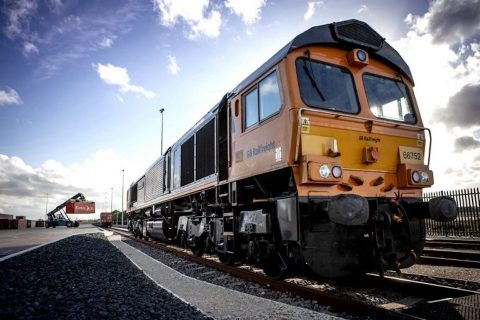Harbour Line Rotterdam closed for 6 days this fall for new viaduct

The new Theemsweg route in the port of Rotterdam is about to be connected to the Harbour Line. Although this is good news for the industry, it also means that the crucial rail freight corridor will be unavailable for six days in the first week of November. Considering the impact this has, infrastructure manager ProRail expects traffic disruptions for a period of three weeks.
Do you want to read the full article?
Thank you for visiting RailFreight.com. Become a member of RailFreight Premium and get full access to all our premium content.
Are you already a member?
Having problems logging in? Call +31(0)10 280 1000 or send an email to customerdesk@promedia.nl.





